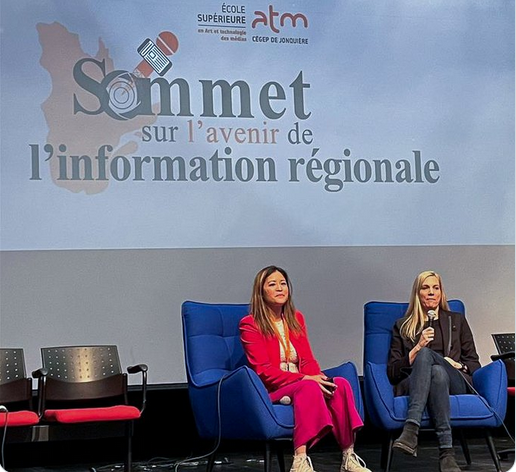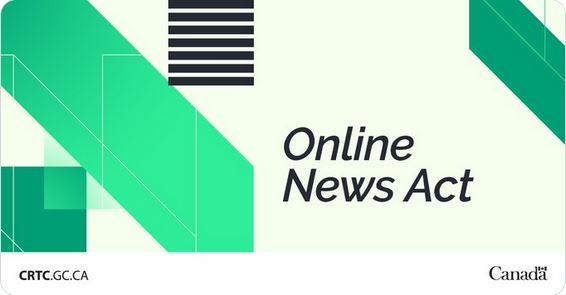Collaboration is Key
Many magazines—particularly smaller publications, as many MagsBC members are—struggle to “do a lot with a little.” Working with limited resources, unpaid staff, and high production and overhead costs are challenging, but magazines can accomplish a lot with diverse teams in which everyone has a voice, is heard and valued, and brings their different experiences, perspectives, networks/connections and unique resources to the table.
We’re also seeing more publications work toward diversity. Respectful collaboration with underrepresented groups such as Indigenous peoples and people of colour in this regard is especially critical. For example, if publications want to report on Indigenous issues, they should be doing everything within their power to hire Indigenous writers to do this reporting. Magazines that are already inclusive in their content and organizational structure can make excellent use of their various community connections (in terms of team building, consulting, securing partnerships and readers, finding resources, etc.).
Communication with everyone is important: publishers should be talking with their readers and teams (including the more creative team members like art directors, as well as those in more business/administrative roles), and with their funders, distributors, retailers, printers, and contacts within and beyond the industry. People might be able to help us more than we think, and we might have more opportunities than we realize.
Print Isn’t Dying, but Digital has its Own Opportunities
Canadians are still reading magazines, they still want Canadian content, and they still prefer to read in print. Print ads continue to be the most effective. The print magazine continues to be valued for factors such as its tangibility, status as a beautiful object, and its luxurious escapist quality in a time of endless screens. Most Canadians who read digitally also read print.
However, many opportunities await publishers with the resources to delve into digital publishing. A magazine’s digital edition can complement its print editions and offer unique, exclusive content more suited to digital publishing—for instance, news items and long form articles that would be costly to print. Niche publications have unique editorial advantages in digital publishing, such as “insider knowledge” of the field and audiences that are highly engaged personally and professionally.
It was acknowledged that alternative mediums of publishing such as digital and podcasting can be difficult to profit from. However, some publications are monetizing their digital editions and podcasts by offering paid membership programs in which members can access this programming for free or get exclusive content. There are also opportunities here for paid advertising and sponsorship.
Branding Goes Beyond the Page
Some publications are building or strengthening their public image and presence in ways that go beyond the printed page. Publishers like Spacing and Slate are doing podcasts, many are publishing on the web, and some—like the LGBTQ+ women’s magazine lstw—host regular events. Fundraisers, dance parties, discussion groups, and supporting or collaborating with likeminded organizations can be great for brand recognition, and also for reader engagement, revenue generation and business opportunities.
Such initiatives require a lot of work, so publishers looking to do this must have a solid, diverse, passionate and committed team (whether paid or volunteer). Magazines that don’t already have this might consider building up to it by expanding their teams, reaching out, investigating new resources and partnerships, applying for grants, arranging sponsorships, and so on.
Natasha Sanders-Kay
Inclusiveness in Publishing Initiative & Sponsorship Coordinator, Magazine Association of BC
Managing Editor, subTerrain magazine
MagsBC Board Member










